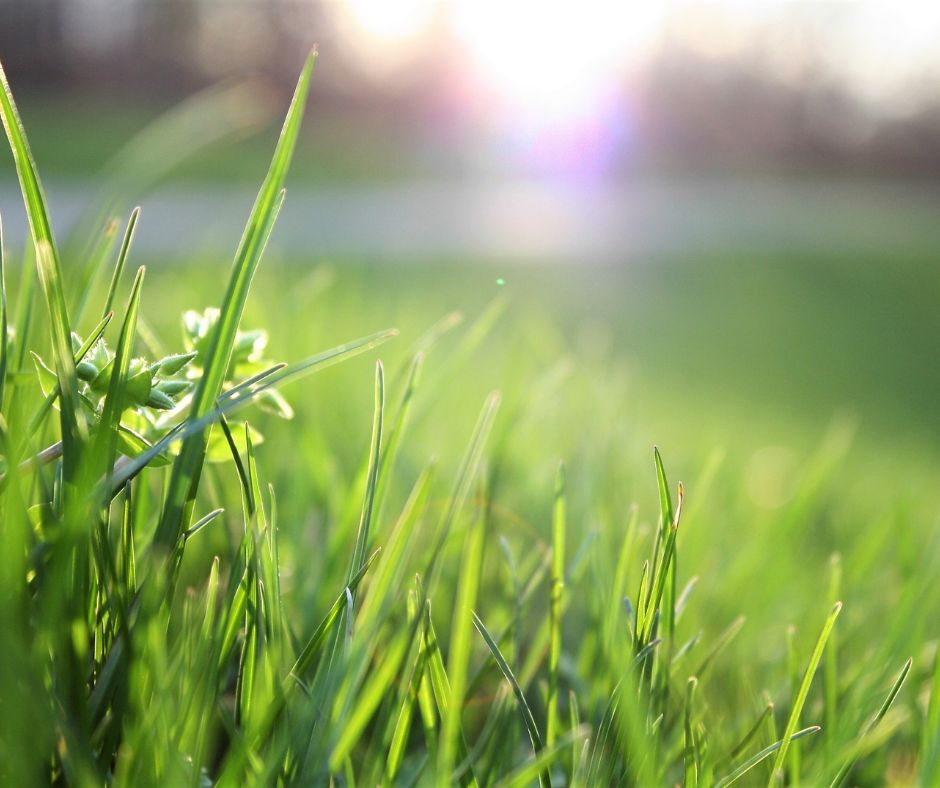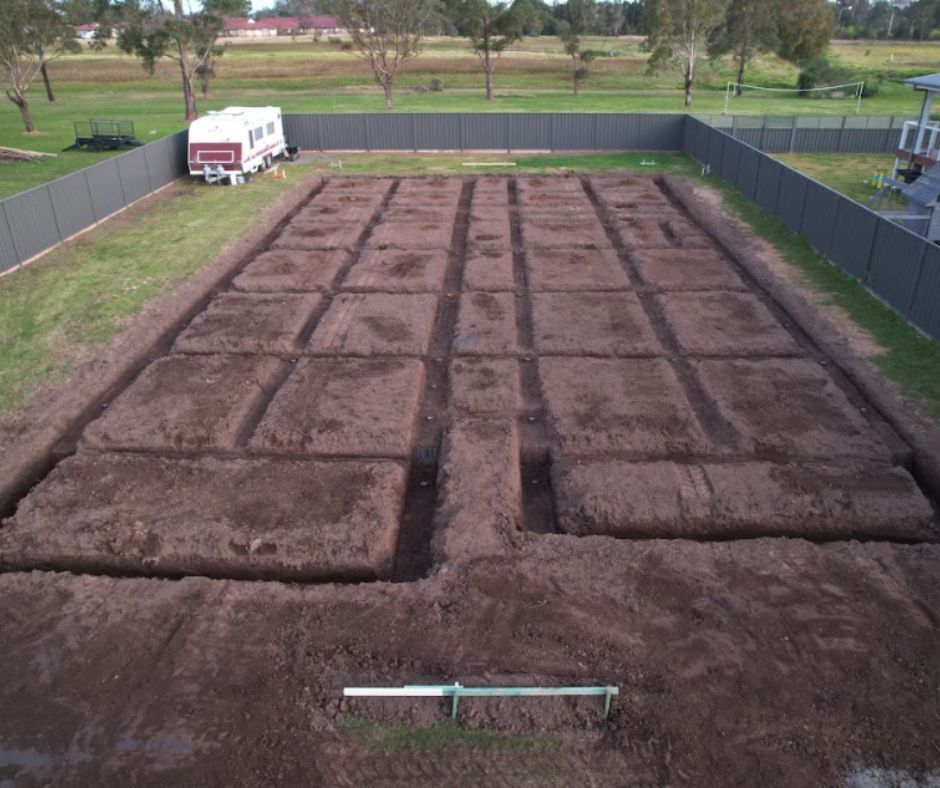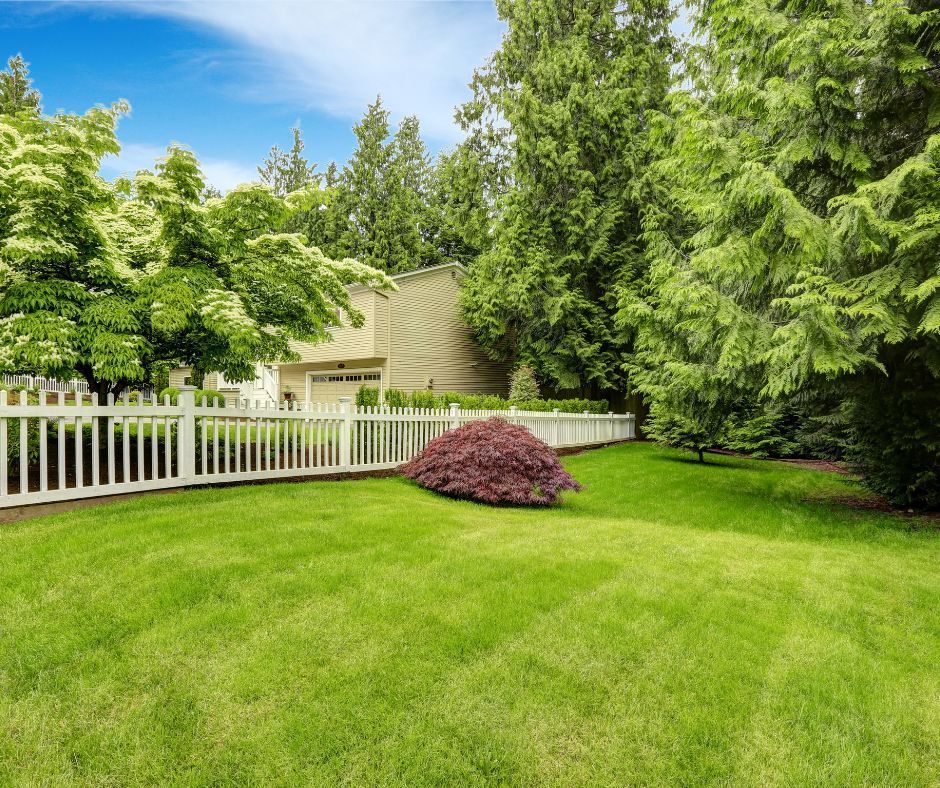Why is My Grass Going Yellow? Learn Expert Solutions & Tips!
We all love that vibrant green lawn, don’t we? The one that stands out and adds a fresh feel to your garden. But what happens when your once-pristine grass starts turning yellow? Yellowing grass can be a real eyesore and is a common issue that can stem from various causes.
Luckily, it’s often fixable! With the right knowledge and approach, you can bring your lawn back to life. Let’s uncover that knowledge in this article.
Understanding Grass with Yellow Patches
Yellow patches on your lawn are a pretty common sight for homeowners, especially in NSW, where the weather can fluctuate drastically between seasons. Grass turning yellow can mean a few different things. It’s usually a sign that something is off, whether it’s a change in the environment or something you might not be doing right when caring for your lawn. While yellow patches can make your garden look unappealing, they’re not necessarily a sign of irreversible damage.
When your grass starts to yellow, it’s important to pay attention to the size and spread of the patches. Identifying the root cause is key to restoring your lawn’s health and preventing bigger problems down the track.
My Lawn Grass is Yellowing – Should I Panic?
Seeing grass with yellow patches can definitely be alarming, but before you jump into panic mode, take a moment to assess the situation. More often than not, yellow patches aren’t a cause for concern. It’s simply a matter of identifying the root cause.
Some grass types naturally go dormant in the colder months, leading to yellowing. Other causes could be overwatering, underwatering or issues with fertilisation. If you’re unsure about what’s causing the yellowing, it might be time to get a professional landscaper, such as MRN Excavations. They’ll be able to quickly pinpoint the cause and recommend the best course of action.
Common Reasons as to Why is My Grass Going Yellow
There are several reasons as to “why is my grass going yellow.” Let’s look at some of the most common culprits.
Too Little or Too Much Water
Both overwatering and underwatering can stress your grass and can cause yellow patches. If the soil is too dry, grassroots don’t get enough moisture to thrive. On the flip side, too much water can lead to poor oxygen circulation in the soil, which affects root health.
Grass is Too Short
Mowing your lawn is essential, but cutting it too short can actually weaken the grass. Shorter grass blades struggle to absorb nutrients and moisture. Always follow the recommended grass height for your lawn type to maintain its health.
Blunt Mower Blades
Using a dull mower blade can do more harm than you think. Instead of cutting the grass cleanly, the blades tear through it, causing stress and damage. This can result in yellow edges or uneven patches of yellowing grass.
Grass Covered for Long Periods
Items like inflatable pools, garden furniture or tarps can block sunlight and airflow to your grass. When grass doesn’t get enough sunlight, it can turn yellow and weak. Try to avoid leaving things on the lawn for extended periods of time to allow the grass to breathe and thrive.
After Winter Dormancy
In colder regions, grass is yellowing when it gets into dormancy during winter. This is a natural process, but after the weather warms up, your grass should start to bounce back. However, if your lawn is yellowing in warmer months, it could indicate a nutrient deficiency or other issue that needs attention.
Incorrect Fertilisation
Fertiliser is meant to nourish your lawn, but when used incorrectly, it can have the opposite effect. Too much fertilizer can burn the grass, while too little can leave it undernourished.
Soil Acidity
If your soil is too acidic, it can affect grass health and lead to yellowing. Grass thrives in a neutral to slightly acidic pH level, so having your soil tested regularly is important.
Pet Urine
Dog and cat urine is high in nitrogen and when it’s left on the grass, it can cause “burn” spots that turn yellow or brown.
Pest Infestation
Certain pests, like grubs and beetles, feed on the roots of your grass. This can lead to patches of yellowing or even dead spots in your lawn.
Presence of Fungi
Fungal diseases are another common cause of yellow patches in grass. These diseases can spread quickly, especially in damp conditions and may need professional treatment to get rid of them effectively.

How to Restore Your Grass with Yellow Patches to Lush Green
If you’re worrying, “Why is my grass going yellow?” don’t worry—there are ways to restore it to its vibrant green self.
Conduct an Assessment
Start by taking a close look at your lawn. Is the yellowing caused by water stress, pests or something else? Check the soil moisture, pH and look for any visible pests or diseases. Once you’ve identified the root cause, you can take the right action.
Consider Re-Sowing
If the grass is yellowing and is beyond repair, reseeding or overseeding might be the best option. This will give your lawn a fresh start and help fill in any bare or damaged spots.
Consult a Trusted Professional
If you’re unsure about what’s causing the yellowing or how to treat it, reach out to a professional. Experts can provide a thorough assessment and offer targeted solutions that will help your lawn recover quickly.
How to Prevent Grass from Yellowing
Prevention is always better than cure, so here are some tips to keep your lawn green and healthy all year round:
Fertilise Appropriately
Apply fertiliser based on your lawn’s needs. Over-fertilising or under-fertilising can both harm your grass. Use a balanced fertiliser and follow the recommended schedule for your grass type.
Water at the Right Amount and Time
Ensure that your lawn gets deep and consistently watered at the right time. Early morning is the best time to water, as it allows the grass to dry out during the day and prevents fungal growth.
Regular Mowing
Mow your grass at the appropriate time and height and ensure your mower blades are sharp. This helps keep the grass healthy and prevents stress from mowing too low.
Apply Lime if Necessary
If your soil is too acidic, add lime to balance the pH. This will help your grass grow stronger and healthier.
Remove Weeds and Pests
Keep your lawn free from weeds, which can compete for nutrients and treat any pest problems promptly.
Worrying Why is My Grass Going Yellow? Consult MRN Excavations for Fast and Reliable Solutions!
Grass with yellow patches doesn’t have to be a major headache! With the right care and attention, your lawn can look lush and green again. With MRN Excavations’ expert team, you can be sure your lawn gets the best care possible. We proudly serve Sydney, Campbelltown and Wollongong, offering local expertise to get your lawn back to its full potential.
Don’t wait for those yellow patches to take over, inquire today for an immediate, reliable solution!



